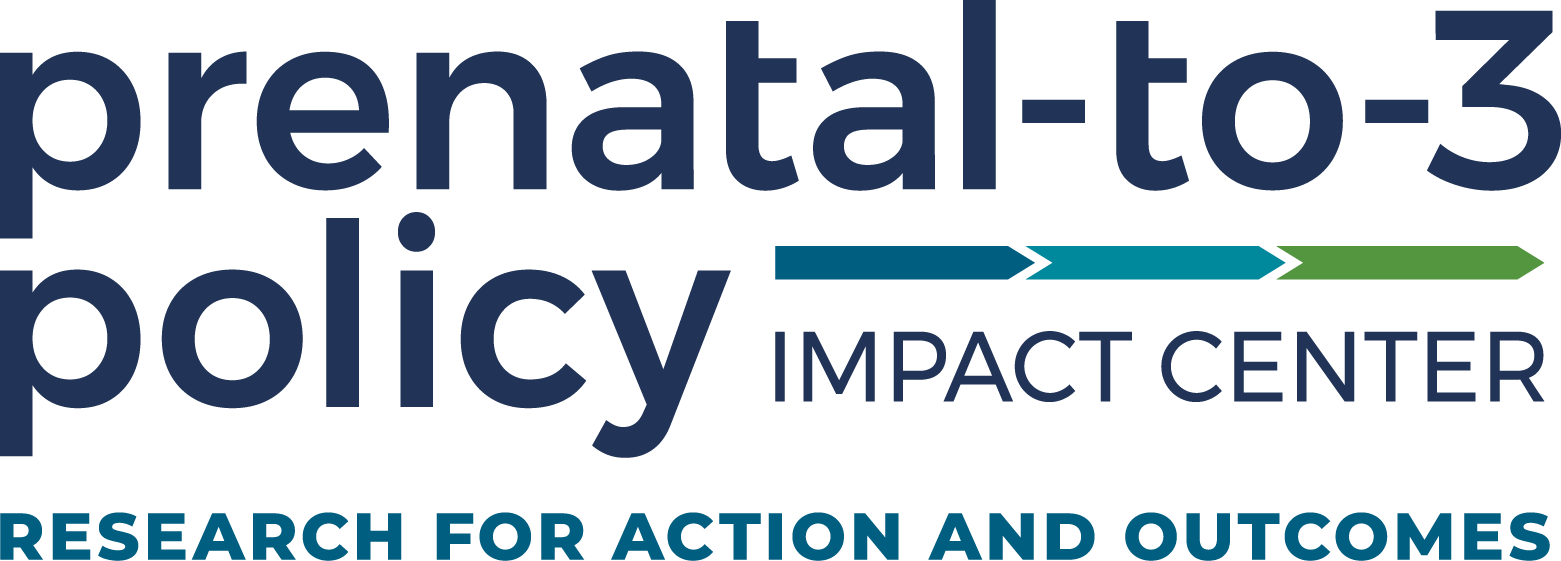Paid Sick Leave is theoretically aligned with these policy goals:
SUMMARY
Paid Sick Leave is theoretically aligned with these policy goals:

State paid sick leave policies improve access to paid leave, increase leave-taking, and improve adult health outcomes with minimal or no adverse effects on employment or wages, leaving workers better off overall. However, further study is needed to establish the causal impacts of state paid sick leave policies on families with infants and toddlers, because most of the research focuses on workers in general.
Paid sick leave policies require employers to offer employees paid time off (typically earned or accrued over time) for short-term medical needs. Many employers offer paid sick leave in the absence of a legislated mandate. However, some states and cities have adopted paid sick leave mandates to ensure more widespread and equitable access to paid sick time. The benefit is intended to reduce work-related barriers to accessing health care and prevent the spread of infectious illnesses in the workplace. States vary in terms of which employers the mandates cover and how much time off must be provided. Rigorous evidence demonstrates that paid sick leave mandates lead to improved access to paid time off and increased leave-taking for illness, and can improve labor force participation and employment without significant reductions in wages. Impacts on adult health outcomes are also positive, but current evidence focuses on the outcomes for workers in general, without focusing on parents of infants and toddlers.
Download the Complete Evidence Review
Paid Sick Leave Evidence Review (PDF)
Recommended Citation:
Prenatal-to-3 Policy Impact Center. (2021). Prenatal-to-3 policy clearinghouse evidence review: Paid sick leave (ER 20B.0921). Peabody College of Education and Human Development, Vanderbilt University. https://pn3policy.org/policy-clearinghouse/paid-sick-leave
Updated September 2021


